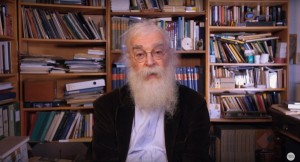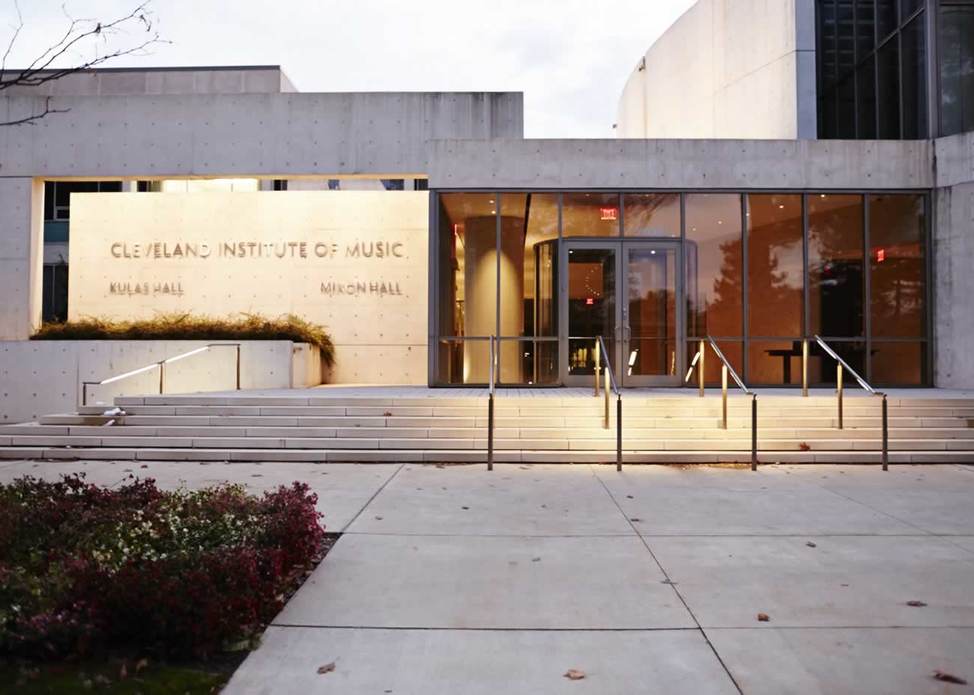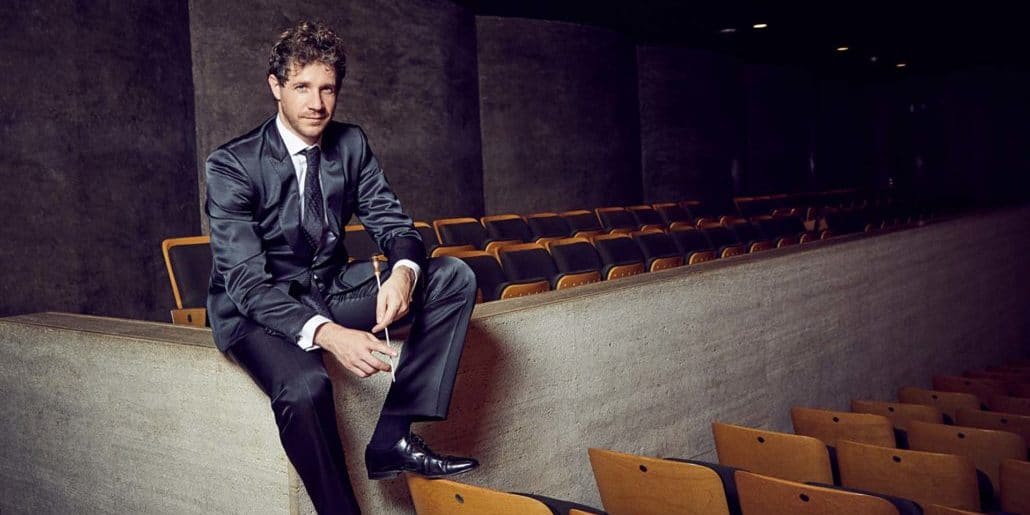Week’s top video: ‘From nine years old, I wanted to be a curator’
mainOne of the British Museum’s hidden treasures. You won’t want to miss this.



One of the British Museum’s hidden treasures. You won’t want to miss this.


A social media activist has circulated a video…

We’re hearing that cello professor Melissa Kraut has…

The orchestra of Spain’s poorest region has just…

Jessica Duchen has an eye-catching provocation in the…

Session expired
Please log in again. The login page will open in a new tab. After logging in you can close it and return to this page.
He’s a delightful man, a true classic, but it’s difficult to hear about the British Museum taking or receiving 130,000 cuneiform tablets from Iraq without cringing about the looting that took place during the eras of colonialism and imperialism. To be sure, they are a lot safer in London than in Iraq these days, though that has to be said with a certain irony, since we have to overlook who initiated all the turmoil in Iraq in the first place. And then there’s the bombing of Palmyra…
Same story with those reckless and irresponsible Greeks. And in any case, we all know that the Elgin Marbles truly belong in London, since the Greeks merely hired ancient Celtic artisans to build the Parthenon.
Anyway, this will find new relevance now that a wealthy sheik from Abu Dubai, who is a highly respected scholar of British culture, is buying the London Tower, Stonehenge, and Big Ben. They will be disassembled and carefully reconstructed in Abu Dubai by world experts as part of a state-of-the art museum manned by charming old men who conserve them for observation by countless future generations.
Sorry, an annoying post, I know, but something we need to consider.
Indeed – and as the curator admits, 80% of the material in the museum’s collections is not on display, nor will it ever be displayed. It remains locked in the basements and archives, unseen.
Treasures looted from Dunhuang, in China, by one of the BM’s most notorious pilferers Sir Aurel Stein, lay in the basement of the BM unexamined and uncatalogued for up to 30 years after Stein carted them off from Xinjiang.
It’s probably charming in some quaintly British triangular-cucumber-sandwiches kind of way… but in another way it’s a sort of Private Member’s Club to which only a sacerdotal inner circle hold the keys. They can take a peek whenever they wish. Which seems somehow wrong, considering that these artifacts are the property of the state.
If those Dunhuang manuscripts were returned to China, they would be put on display – China is very strong on building modern, forward-looking regional museums. But the ‘curators’ have decided it is better to lock them up in a basement in Bloomsbury – to gloat over.
What would have happened to the clay tablets if the had been left in Iraq-even before the current barbarities? And how would you display them and for whom? Not too many people fluent in Akkadian, even if they could look at the tablets
Europeans are definitely the best at preserving culture. Never mind that up to 80% of the historical buildings were destroyed in almost all of Germany’s major cities during WWII. Never mind that the devastation created 14 million cubic feet of rubble. In Leipzig the piled up rubble created a hill 500 feet high. The rubble pile north of Munich is a small mountain. The second highest hill in Berlin is a rubble pile called “The Devil’s Mountain.” Included in the catalogue of annihilation were Berlin, Cologne, Leipzig, Magdeburg, Hamburg, Kiel, Lübeck, Münster, Munich, Frankfurt, Würzburg, Mainz, Nuremberg, Worms, Brunswick, Hanover, Freiburg and Dresden, which were all devastated. The square, postwar, formed concrete beauty of those cities now stands as a testament to our conscientious cultural preservation.
After the US military invaded Iraq and intentionally set loose anarchy, it stood by and watched the Iraqi National Library burn to the ground, even though the Hague regulations required the occupying power to ensure and enforce public law and safety. Among the losses were a collection of 4,412 rare books and manuscripts that were irreplaceable, thus largely erasing the cultural memory of a 5000 year-old country that was the cradle of civilization. And that was only the beginning of the cultural destruction set in motion by our illegal and pointless invasion.
So you’re absolutely right, it’s Europeans and Americans who know how to best preserve culture. And of course, we know that no Iraqi scholars speak Akkadian, and that it’s too much to ask Western scholars to study Iraqi culture and history in Iraq. What an outrageous idea.
It must be sad to only see the world from the view of a demagogue. It’s a pretty joyless worldfor you, Mr. Osborne?
I am definitely not a robot! Like, Like, Like!!!!